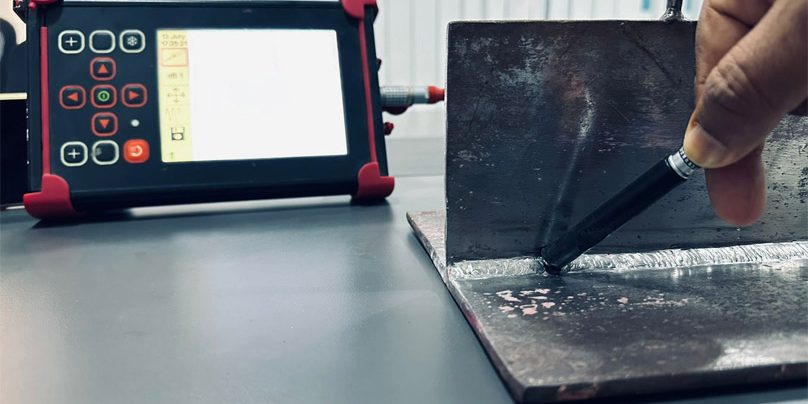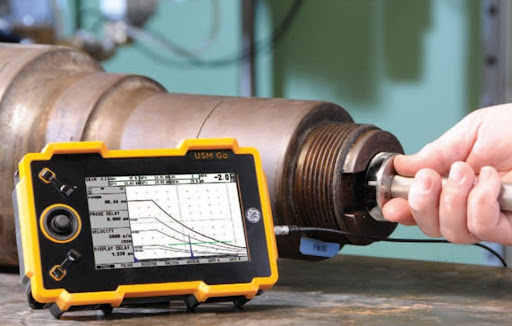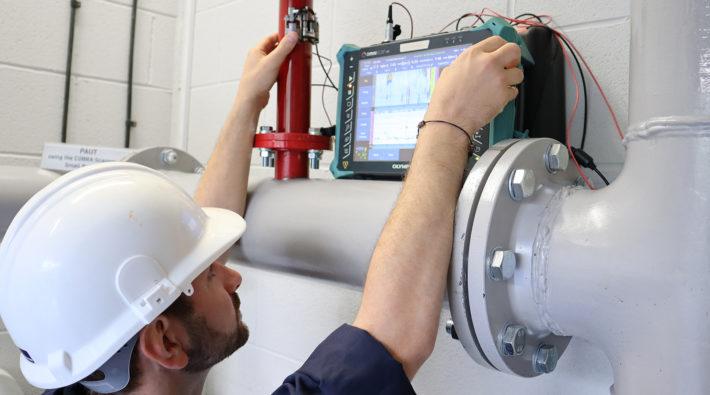In the realm of industrial inspections, the term frequency drift problems often surfaces as a critical issue. These problems can significantly impact the accuracy and reliability of inspection results. The **frequency drift problems in inspection** occur when there is a deviation in the expected frequency of instruments or tools used during inspections. This deviation can lead to erroneous readings, which might affect the overall quality assurance process.
Understanding and addressing these issues is crucial for maintaining the integrity of inspection processes. The phenomenon of frequency drift can be attributed to various factors, including environmental changes, equipment aging, and operational inconsistencies.

What is Frequency Drift?
Frequency drift refers to the gradual change in frequency output of a device or instrument from its original or intended frequency. This drift can affect the precision of tools used in industries such as manufacturing, aviation, and telecommunications, where precise measurements are critical.
Causes of Frequency Drift Problems
Environmental Factors
Temperature fluctuations, humidity, and other environmental conditions can cause frequency drift problems. These factors can lead to expansion or contraction of materials, affecting the frequency output of inspection tools.
Equipment Aging
Over time, the components of inspection tools can degrade, leading to frequency drift. Regular maintenance and calibration are essential to mitigate these effects.
Operational Inconsistencies
Inconsistent operational practices can also contribute to frequency drift. Ensuring standardized procedures and regular training for personnel can help minimize these issues.
Impact of Frequency Drift on Inspections
The impact of frequency drift problems in inspections is significant. It can lead to inaccurate measurements, increased error rates, and compromised quality assurance. This, in turn, can result in faulty products, safety hazards, and financial losses.
Inaccurate Measurements
Frequency drift can cause tools to provide incorrect readings, leading to erroneous conclusions during inspections. This can affect the overall reliability of the inspection process.
Increased Error Rates
As frequency drift increases, so does the likelihood of errors in inspection results. This can lead to increased costs and potential safety hazards.
Solutions to Frequency Drift Problems
Regular Calibration and Maintenance
One of the most effective solutions to frequency drift problems is regular calibration and maintenance of inspection tools. This ensures that equipment remains within the desired frequency range and provides accurate readings.
Environmental Controls
Implementing environmental controls can help mitigate the effects of temperature and humidity on inspection tools. This includes maintaining stable environmental conditions in inspection areas.
Training and Standardization
Ensuring that all personnel involved in inspection processes are adequately trained and follow standardized procedures can help reduce operational inconsistencies that contribute to frequency drift.
Advanced Technologies for Frequency Drift Management
Advancements in technology have provided new solutions to address frequency drift problems. These include the use of advanced materials, digital calibration tools, and automated inspection systems.
Advanced Materials
The use of materials that are less susceptible to environmental changes can help reduce frequency drift in inspection tools.
Digital Calibration Tools
Digital calibration tools offer more precise control over frequency settings, reducing the likelihood of drift.
Automated Inspection Systems
Automated systems can provide consistent and accurate inspections, minimizing the impact of human error on frequency drift.
Case Studies: Frequency Drift in Different Industries
Case studies from various industries highlight the challenges and solutions related to frequency drift problems. For instance, in the aerospace industry, maintaining precise frequency settings is critical for safety and performance.
Aerospace Industry
In the aerospace sector, even minor frequency drift can have significant implications for safety and reliability. Regular calibration and advanced monitoring systems are essential to mitigate these risks.
Telecommunications
Frequency drift in telecommunications can lead to signal interference and reduced service quality. Implementing advanced synchronization technologies can help address these challenges.
Conclusion
Addressing frequency drift problems in inspection is essential for ensuring the accuracy and reliability of inspection processes. By understanding the causes and implementing effective solutions, industries can enhance their quality assurance efforts and reduce the risks associated with frequency drift.

Frequently Asked Questions
What causes frequency drift in inspection tools?
Frequency drift in inspection tools can be caused by environmental factors, equipment aging, and operational inconsistencies.
How can frequency drift be minimized?
Frequency drift can be minimized through regular calibration and maintenance, environmental controls, and standardized operational procedures.
Why is frequency drift a concern in inspections?
Frequency drift is a concern because it can lead to inaccurate measurements, increased error rates, and compromised quality assurance.
For more information on setting predictive maintenance inspection frequencies, visit Power-MI.
This article contains affiliate links. We may earn a commission at no extra cost to you.
